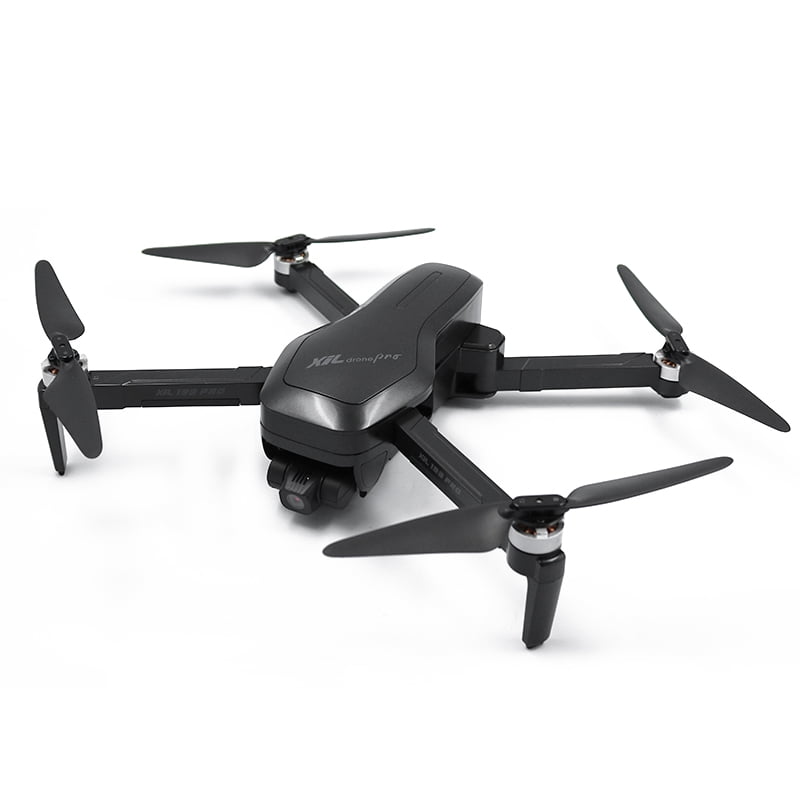

The results show that the proposed system helps overcome the limitations and improve the SAR QoS. Last but not least, public and private blockchain, including Ethereum and Hyperledger Fabric, for providing secure and decentralized healthcare platform has been investigated and analyzed to enable real-time interaction between healthcare entities and improves healthcare services. In addition, computation offloading approaches have been provided to improve the energy efficiency of drones and reduce system latency.

Furthermore, advanced edge services and artificial intelligence at the edge have been presented for automatically searching for missing persons. An advanced IoD system architecture from drones to a back-end system and end-users terminals has been proposed. This paper studies the feasibility of an Internet-of-Drones (IoD) system using blockchain and artificial intelligence at the edge to overcome limitations and improve SAR QoS. However, it is challenging to achieve the target due to trade-off relationships of technologies and strict requirements of time-critical SAR. Therefore, developing a more advanced drone-based system is necessary to overcome these limitations. Nonetheless, the current drone-based systems have some limitations, such as the need for humans in control of large-scale drones, drone’s energy inefficiency, repercussion of quality of service (QoS) from abnormalities events, shortages of automaticity and real-time interactions, deficiency of swift decisions from artificial intelligence-based SAR, and underestimation of security issues in SAR systems. Drone-based systems supporting Search and Rescue (SAR) missions help expeditiously improve the possibility of discovering the missing victims.


 0 kommentar(er)
0 kommentar(er)
